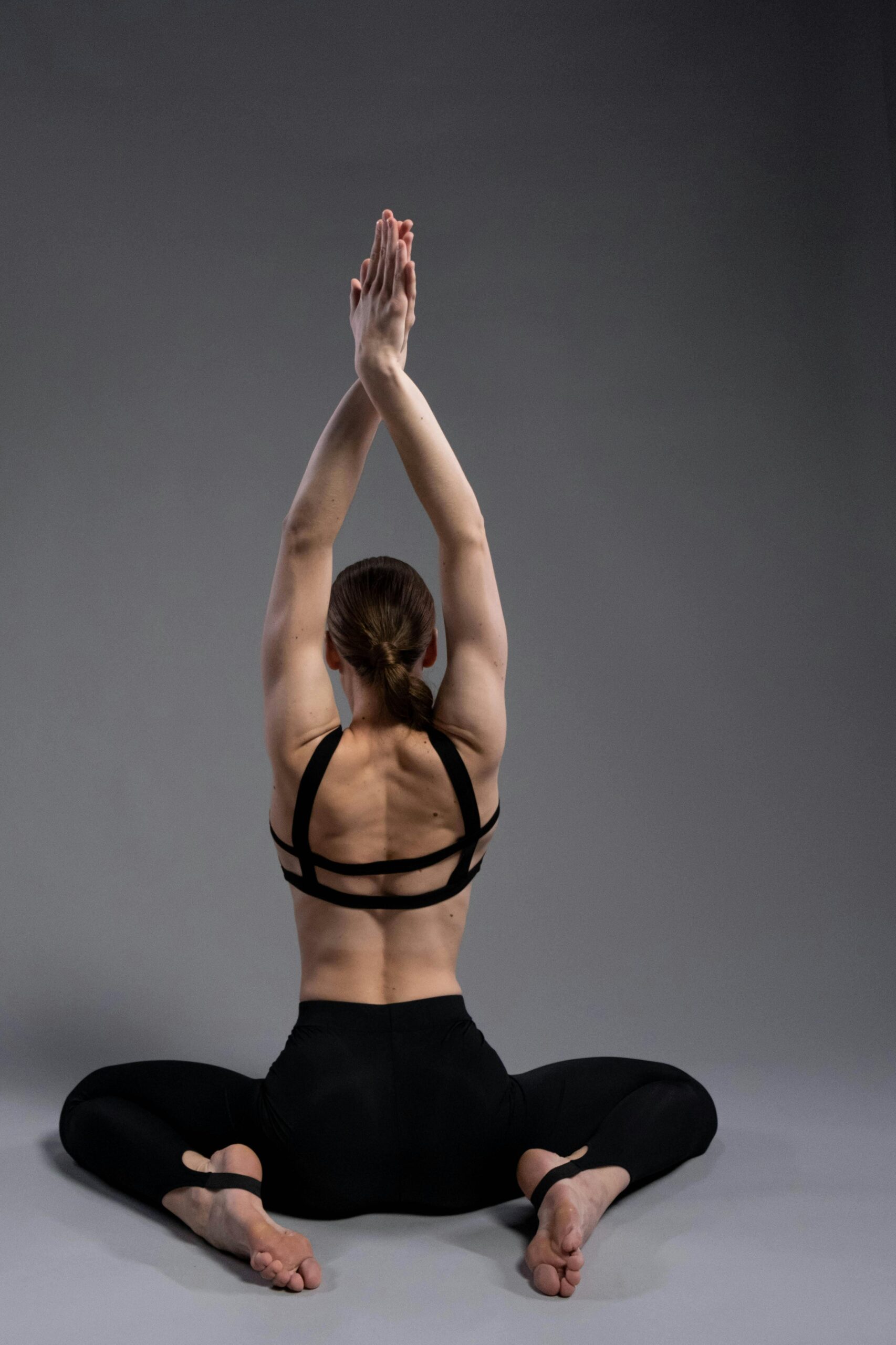Introduction to Mind-Body Fusion Workout
The pursuit of holistic health has propelled the rise of mind-body fusion workouts, a practice blending physical exercise with mental and emotional awareness. Unlike traditional workouts focused solely on physical gains, mind-body fusion taps into the dynamic interplay between the mind and muscles, fostering overall well-being. This approach encourages practitioners to cultivate mindfulness, breathing techniques, and body awareness alongside strength and endurance training. As scientific research increasingly validates the benefits of integrating mental focus with movement, individuals are discovering enhanced performance, reduced stress, and deeper self-connection. In this article, we will explore the foundational principles behind mind-body fusion workouts, their unique benefits, essential components, popular modalities, and tips for successful implementation in your fitness routine.
Understanding the Mind-Body Connection
The mind-body connection is the cornerstone of fusion workouts, emphasizing that mental states significantly influence physical performance and recovery. Neurological studies show that focused attention during exercise activates specific brain regions responsible for motor control and emotional regulation. This synchronization aids in optimizing muscle recruitment and efficiency while minimizing injury risk. By consciously engaging the mind during physical activity, such as maintaining awareness of posture and breath, individuals can deepen their connection to their bodies and enhance movement precision. This integration also fosters a sense of calm and presence, counteracting the fragmented, distracted states often experienced during conventional workouts.
Core Components of Mind-Body Fusion Workouts
A truly effective mind-body fusion workout combines several integral elements:
- Mindfulness and Breath Control: Breath acts as a bridge between the mind and body. Techniques like deep diaphragmatic breathing or rhythmic patterns anchor practitioners in the present moment, reducing anxiety and improving oxygen flow.
- Movement Quality Over Quantity: Emphasis is placed on deliberate, controlled movements rather than rapid repetitions. This nurtures better posture, balance, and muscular engagement.
- Mental Imagery and Visualization: Visualizing muscle activation or the flow of energy can amplify motor performance.
- Progressive Muscle Relaxation: Alternating tension and release enhances body awareness and aids recovery.
Popular Modalities Embracing Mind-Body Fusion
Several disciplines embody mind-body fusion principles, each offering unique approaches that can be integrated into workout regimens:
- Yoga: Combines breath work, mindfulness, and strength-building postures, fostering flexibility and inner stillness.
- Pilates: Emphasizes core strength and controlled breathing, tailoring exercises to sharpen body awareness.
- Tai Chi: Uses slow, flowing movements paired with meditative focus to improve balance and reduce stress.
- Functional Training with Mindful Cues: Harnesses traditional strength exercises enhanced by mental focus and breathing coordination.
Benefits Beyond Physical Fitness
Mind-body fusion workouts offer advantages extending beyond typical fitness results. Physiologically, they promote improved cardiovascular health, muscle endurance, and flexibility. Psychologically, this fusion reduces stress hormones like cortisol while enhancing mood through the release of endorphins and serotonin. Enhanced proprioception fosters better posture and injury prevention. Additionally, the mental clarity cultivated through mindful movement supports emotional resilience, better sleep, and decreased symptoms of anxiety or depression. For athletes and casual fitness enthusiasts alike, this holistic approach nurtures sustainable motivation and a more joyful exercise experience.
Implementing Mind-Body Fusion Into Your Routine
Incorporating mind-body fusion into your workout begins with small, intentional shifts. Start by dedicating a few minutes to breath-focused warm-ups or cooldowns, gradually introducing mental imagery during strength exercises. Prioritize exercises that emphasize control and posture over high-impact or high-volume training. Integrate classes or routines from disciplines like yoga or tai chi if seeking guided practices. Maintaining consistency and curiosity will deepen your mind-body awareness over time. Importantly, avoid rushing through movements and resist multitasking in fitness sessions to cultivate genuine presence. Over weeks, these practices will translate into enhanced physical results and meaningful mental benefits.
Embracing the mind-body fusion workout approach opens a transformative path toward comprehensive wellness. By harnessing the synergy between mental focus and physical movement, practitioners benefit from heightened awareness, improved performance, and emotional balance. This fusion challenges the conventional exercise paradigm by valuing quality, presence, and connection. As you integrate these principles into your fitness journey, you may find that the workout becomes more than a physical endeavor; it evolves into a powerful practice of self-care and personal growth. Whether starting anew or enriching an existing regimen, mind-body fusion offers a sustainable, fulfilling route to vibrant health and well-being.
